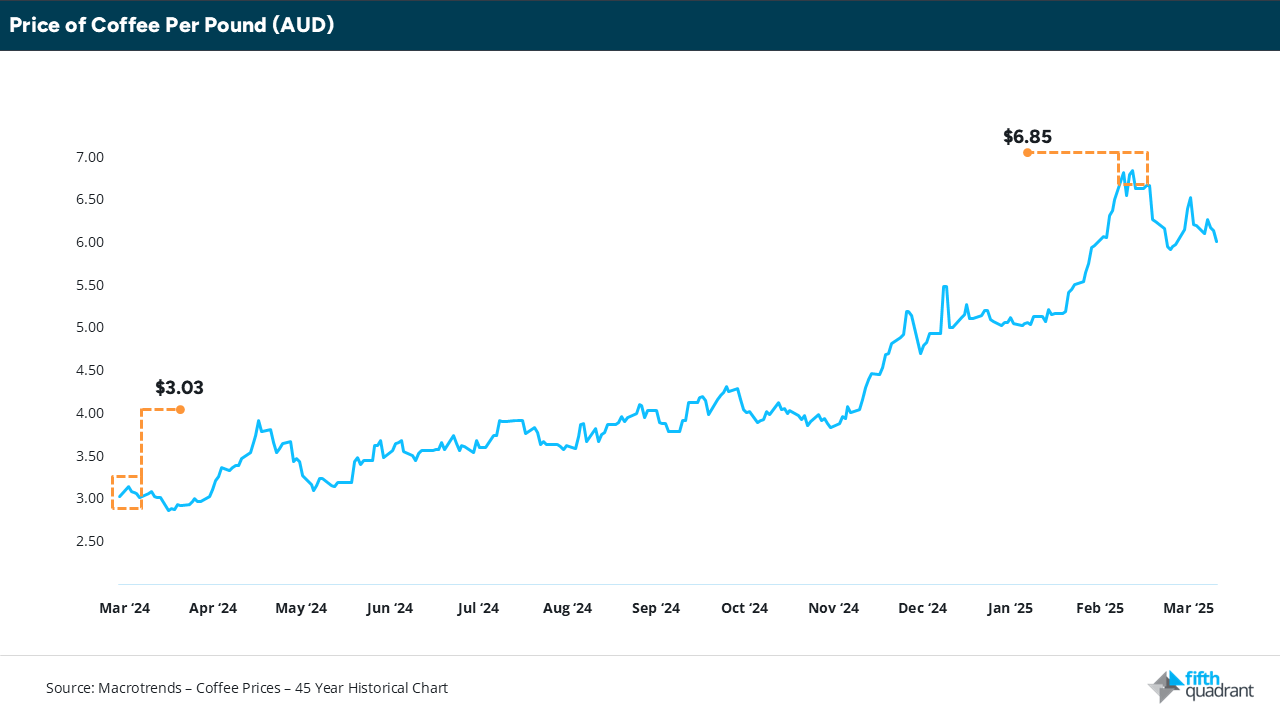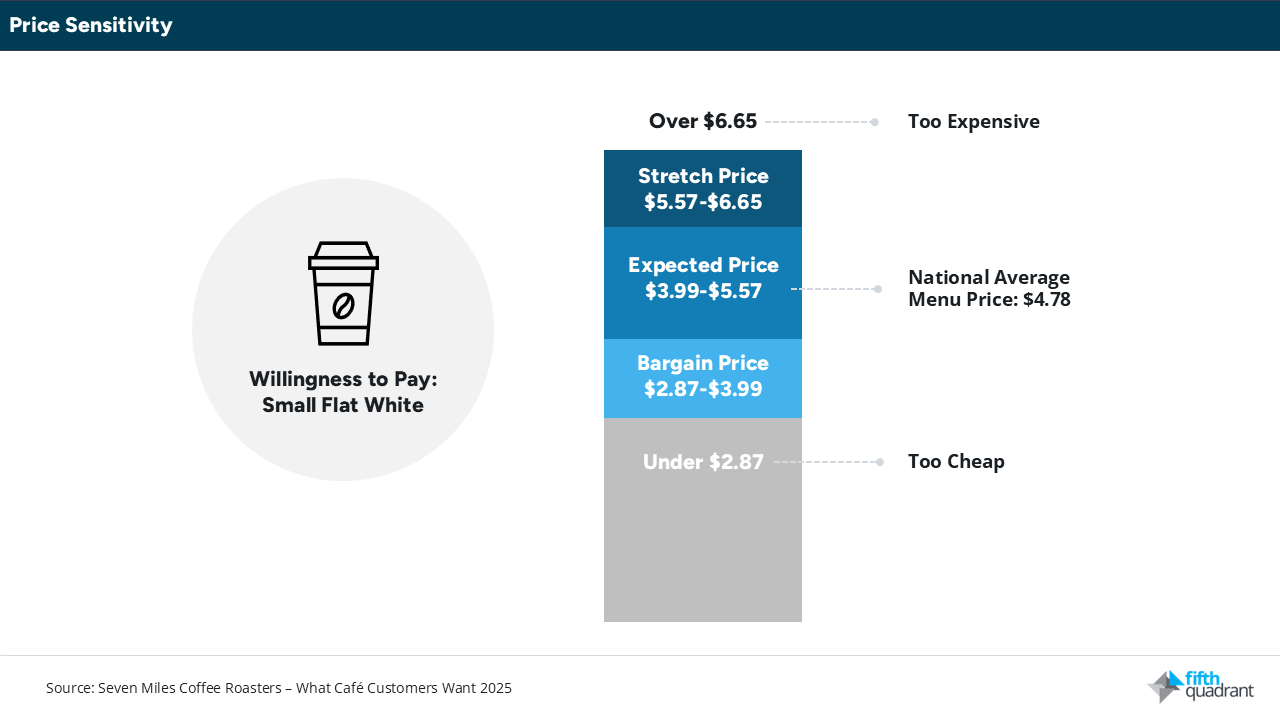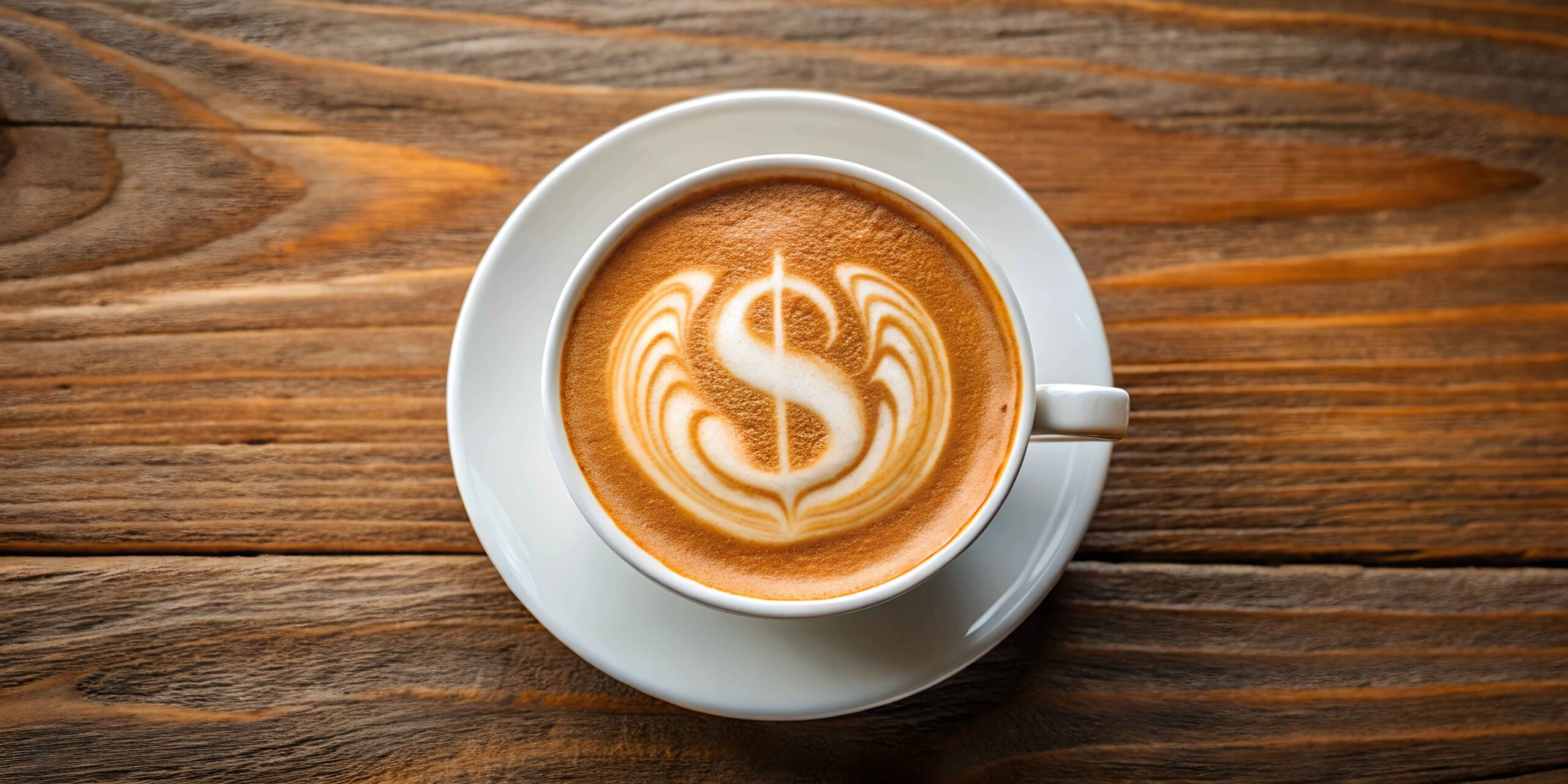Author: Angus McLachlan | Posted On: 18 Mar 2025
For many, coffee is more than just a beverage—it’s a daily ritual, a source of energy, and a social staple. Australia’s coffee culture is considered one of the world’s finest, reflecting our diverse heritage, commitment to quality, and strong sense of community.
The Australian coffee market is substantial, with 79% of adults aged 18 and over having purchased coffee outside the home in the past three months. Among these 15.7 million Australians, 73% are regular buyers, visiting cafés or restaurants for coffee at least once a week.
However, over the past year, coffee prices have steadily risen, putting financial pressure on both consumers and businesses.
In mid-March 2024, the price of coffee sat below $3 AUD per pound. Today, that same pound costs more than twice as much.

global factors shaping coffee prices
Major global disruptions—from extreme weather in coffee-growing regions to supply chain bottlenecks—are driving up prices. Here’s what’s happening on a global scale:
- Climate Change and Extreme Weather: Brazil has been faced with its worst drought in 70 years, leading to water shortages and significant crop failures. Meanwhile, Vietnam faced a prolonged drought, followed by severe flooding. As the two largest coffee-producing nations, they collectively supply 56% of the world’s coffee.
- Supply Chain Woes: Rising input costs across the whole value chain such as freight costs, geopolitical events, port congestion, rising labour expenses and broader cost-of-living pressures at the retail level have all contributed to the rising cost of coffee.
impact on consumers
While barista-made coffee is an irreplaceable luxury for some, the rising cost of coffee is forcing many consumers to rethink their daily habits. The Australian Restaurant and Café Association has warned a morning brew could cost as much as $10 by the end of the year in some capital cities. This will certainly test consumers, as research published by Seven Miles Coffee Roasters found most expect to pay up to $5.50 for a small flat white. As prices surpass $5.50, over half consider coffee expensive but may still purchase it. However, once the price hits $6.65, more than 50% say they would be no longer willing to pay.

As café prices climb, some are cutting back on takeaway coffees. Equipment bought due to pandemic-related restrictions on hospitality, combined with the rising cost of living, has led to home brewing becoming a genuine alternative.
Some consumers are also moving away from coffee entirely, instead opting for alternatives such as:
- Matcha: A finely ground green tea powder known for its sustained energy boost and reduced jitteriness.
- Yerba Mate: A traditional South American drink containing caffeine levels comparable to coffee, but often described as providing a smoother, more balanced stimulation without the crash.
- Energy Drinks: The Australian energy drink market is expected to grow at a CAGR of 5.59% from 2025 to 2034, with on-the-go lifestyles boosting demand for convenient and portable energy drinks.
impact on businesses
Hospitality businesses have faced a double blow in recent years, first struggling through pandemic-era lockdowns and restrictions, then grappling with the ongoing cost-of-living crisis. Many cafés are already dealing with rising operational costs beyond the cost of coffee, all while customers tighten their spending. This pressure has forced some venues to increase prices, reduce staff, or even close their doors entirely.
As the Fifth Quadrant SME Sentiment Tracker has found so far in FY25, hospitality businesses have experienced:
- Significant financial hardship: 28% say they’ve faced significant financial challenges over the past year.
- Increased operating costs: 1 in 2 say their fixed operating costs have increased.
- Price increases: As a result, 42% expect to increase their prices over the next 3 months.
- Plans to downsize or exit: 18% say they plan to downsize, sell or close the business entirely over the next 12 months.
a sign of the times?
The rising cost of coffee is more than just a price adjustment—it’s a reflection of broader global and economic challenges that are impacting both consumers and businesses. Climate change, supply chain disruptions, and inflationary pressures have all contributed to soaring prices, leaving coffee drinkers to decide whether to absorb the cost, cut back, or explore alternatives.
For hospitality businesses, the financial strain is even greater, with rising overheads and shrinking consumer spending making survival increasingly difficult. Many cafés have been forced to raise prices, while others are at risk of closure.
Whether through innovation, cost-saving measures, or shifts in consumer behaviour, the coming months will shape the future of how we enjoy our daily brew. One thing is certain—coffee lovers will need to brace for change, whether that means paying more or finding a new way to fuel their caffeine fix.
For any questions or inquiries, feel free to contact us here.
Fifth Quadrant runs a monthly consumer omnibus that offers organisations access to fast and cost-effective consumer market research. Join our omnibus and ask the questions of your choice, exploring sentiment, brand health, preferences or experiences, uncovering insights that can inform your brand, marketing and customer engagement strategies.
Posted in Uncategorized, B2B, Consumer & Retail, QN, TL

